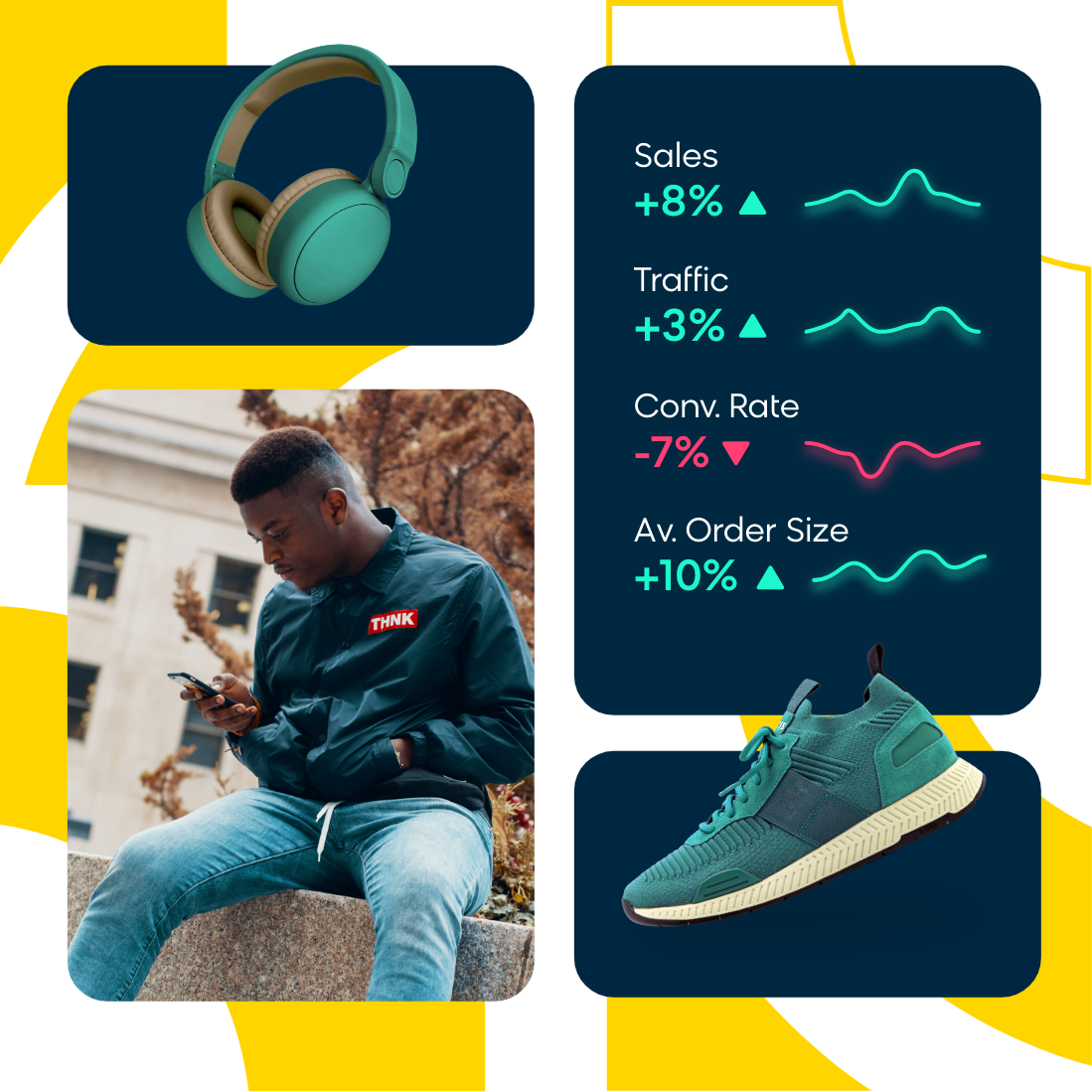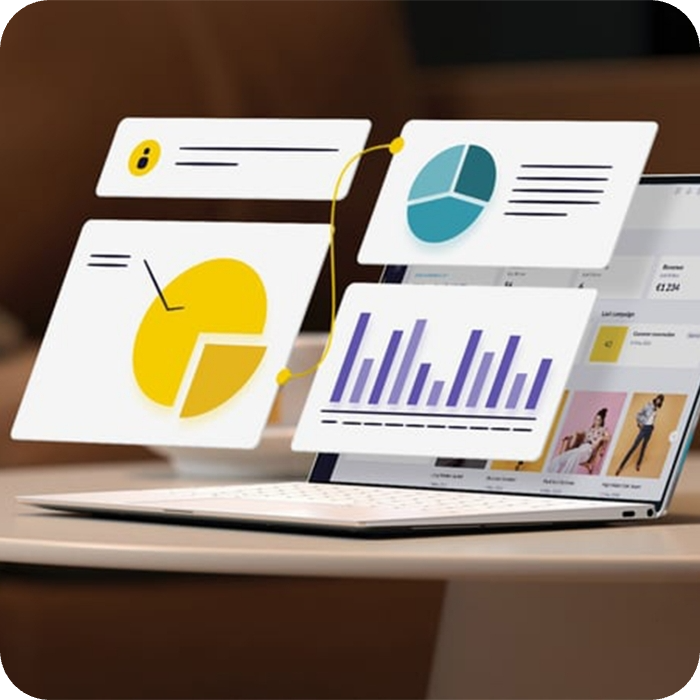Commerce Pulse Quarterly Webinar
Data and trends from 500+ e-commerce companies worldwide
This quarterly must-watch webinar gathers industry experts to talk about e-commerce performance and trends from the past three months, what they mean for businesses, and what to expect in the future.
Find all our previous on-demand sessions and data points below, and don't forget to save your spot for the next session!
On January 22nd we'll host our Holiday Season edition, focusing on Q4 trends, don't miss it, register now!

Commerce Pulse Holiday 2023 on January 22nd ❄️

What Is Commerce Pulse?
For those of you joining us for the first time, Commerce Pulse is a quarterly event that highlights data we gather from hundreds of brands and retailers around the world. From this data, we're able to glean insights into the state of commerce today and what we can expect in the future.
If you missed the event, you can still watch the recording on demand, or keep reading for a recap of the highlights.

Don't miss out, register now.
Please watch our previous sessions on-demand here under. ⬇️
Despite the back-to-school season and an improvement in consumer sentiment, the online economy continues to face challenges with inflation, resulting in a decline in sales. This is because online shoppers have grown more accustomed to waiting for discounts, impacting overall sales performance.
With Salesforce
Economic uncertainties are still affecting the European Market, and Summer has been a negative quarter overall. Despite this "lumpy" state of the market, great opportunities are still awaited for the rest of the year!
The problems we see in Q1 results point to something else as well — the customer experience is not where it needs to be. By many measures, customers are less engaged and more frustrated than they have been in a long while. As an industry, we have failed to keep up with the transition to mobile and to make the user experience as it needs to be.
.png)



To nobody’s surprise, inflation and the overall economic environment significantly impacted consumer confidence in the last quarter of 2022. What was surprising, though, was that Europe still saw strong sales results during the holiday season, with a 9% sales bump year-over-year (YoY).
With Google Cloud
“Economic uncertainty is on top of consumers’ minds,” said Amy, which is a consistent theme from the previous quarter. However, there was a surprise surge in promotions and sales among retailers, likely because as they had to raise prices, they turned to offering promotions as a way to stimulate demand.
With IBM iX
There are a lot of people saying the e-commerce boom is over. While the e-commerce boom has evened out and slowed to more of a pre-pandemic growth rate, we need to be careful not to read too much into these numbers. We got kind of addicted to these massive growth numbers during the pandemic, and we need to put that into context as well.
With Wunderman Thompson




With Publicis Group
With Forbes
With Deloitte Digital
→ No data points available



More Resources
Find all our related resources here:
- The LinkedIn “Commerce Pulse Club” group, where we share monthly data points, thought leadership on commerce, and related updates from industry experts.
- The “Commerce Experience” podcast, where the industry's top players share thoughts on current and future commerce challenges.

Our data is collected via the Bloomreach pixel from 500+ companies around the world using Bloomreach’s products. Then, Vidushi Singh, our Analytics Manager, pulls this data, anonymizes it, and cleans it to ensure no outliers or anomalies skew the numbers. After that, we calculate the KPIs and create the reports we use in our presentations, which are displayed during the webinar sessions and also available on this page.
Vidushi is the Analytics Manager at Bloomreach and has been working in business and product analytics since 2016, enabling customers to make business decisions using data in the e-commerce, digital, pharmaceutical, retail, and airline industries. She is passionate about telling stories using data and visualizations that can help solve business-centric problems. On the weekends, she loves to be outdoors, and her favorite activities include reading and spending time with her camera.


Data and trends from 500+ e-commerce companies worldwide
Stay ahead of the market with quarterly trends delivered by industry experts!
We'll touch on apparel, grocery, luxury, home furnishing and improvements, and B2B — with an overview of the quarter year over year and year to date — in the US, Europe, and the UK.
Make sure to save your seat before it's too late!

Don't Miss Our Next Session

Award Winning Technology




